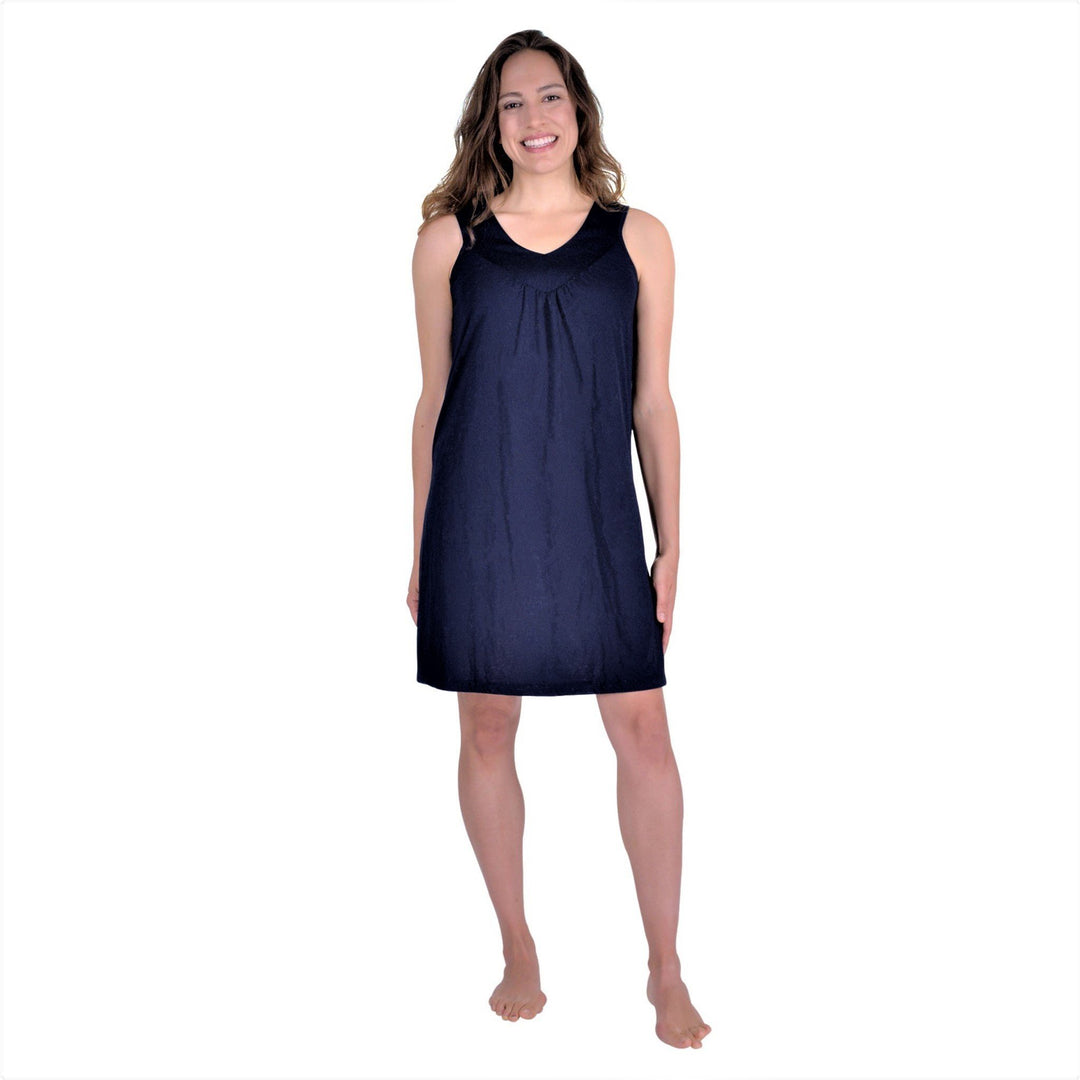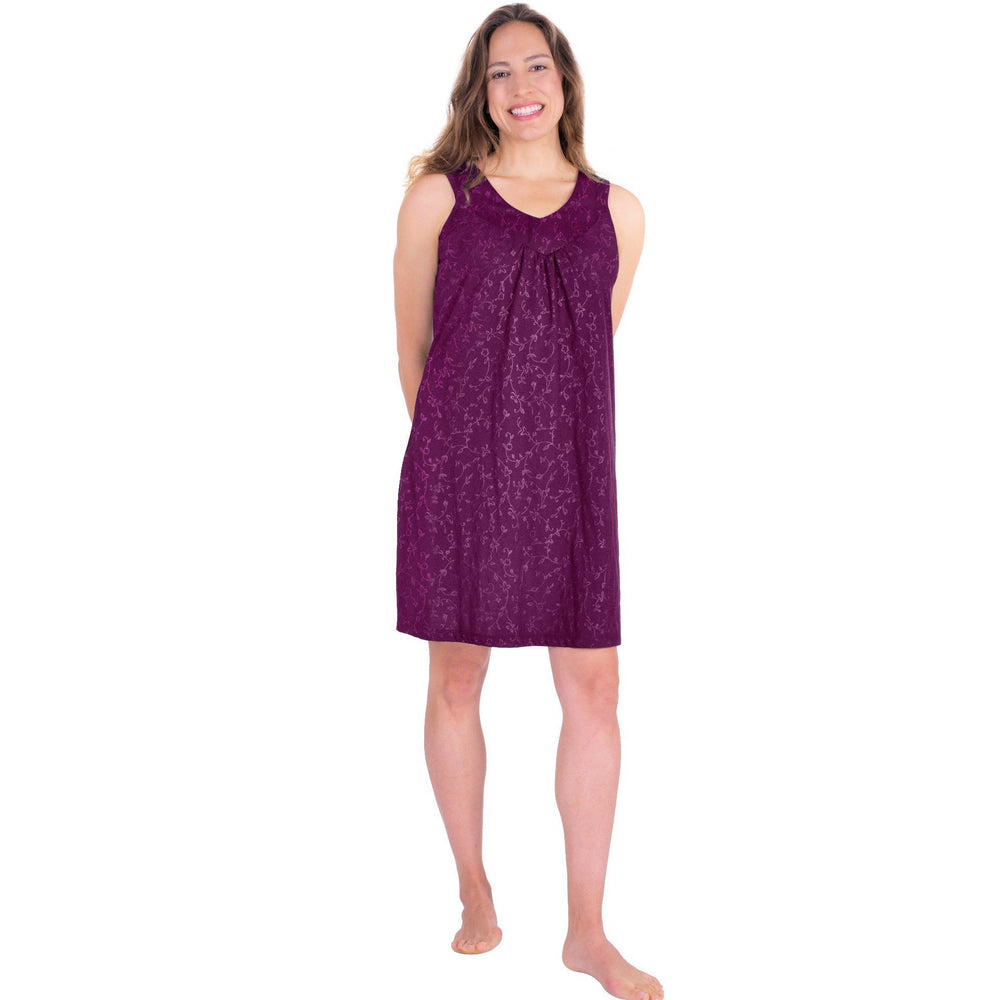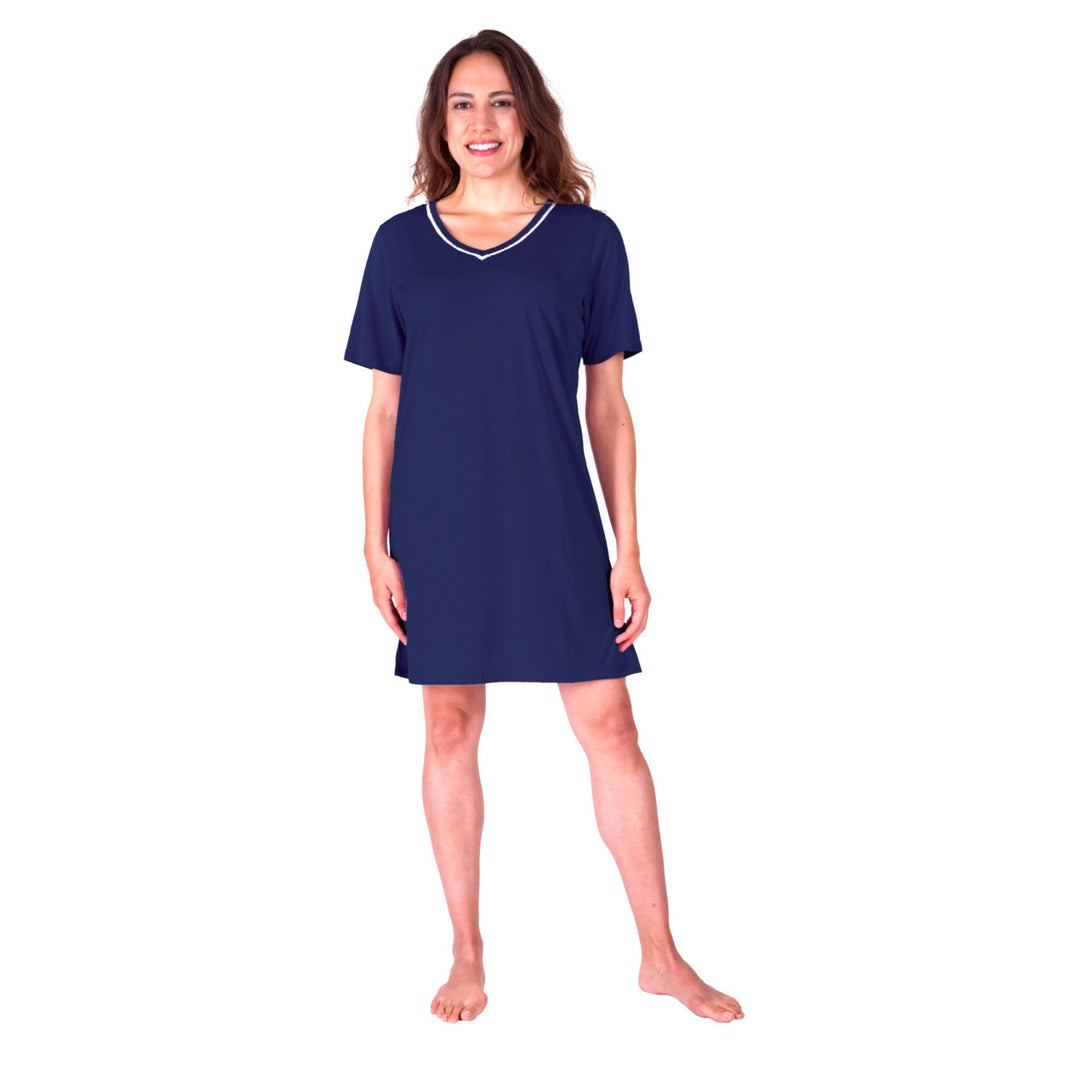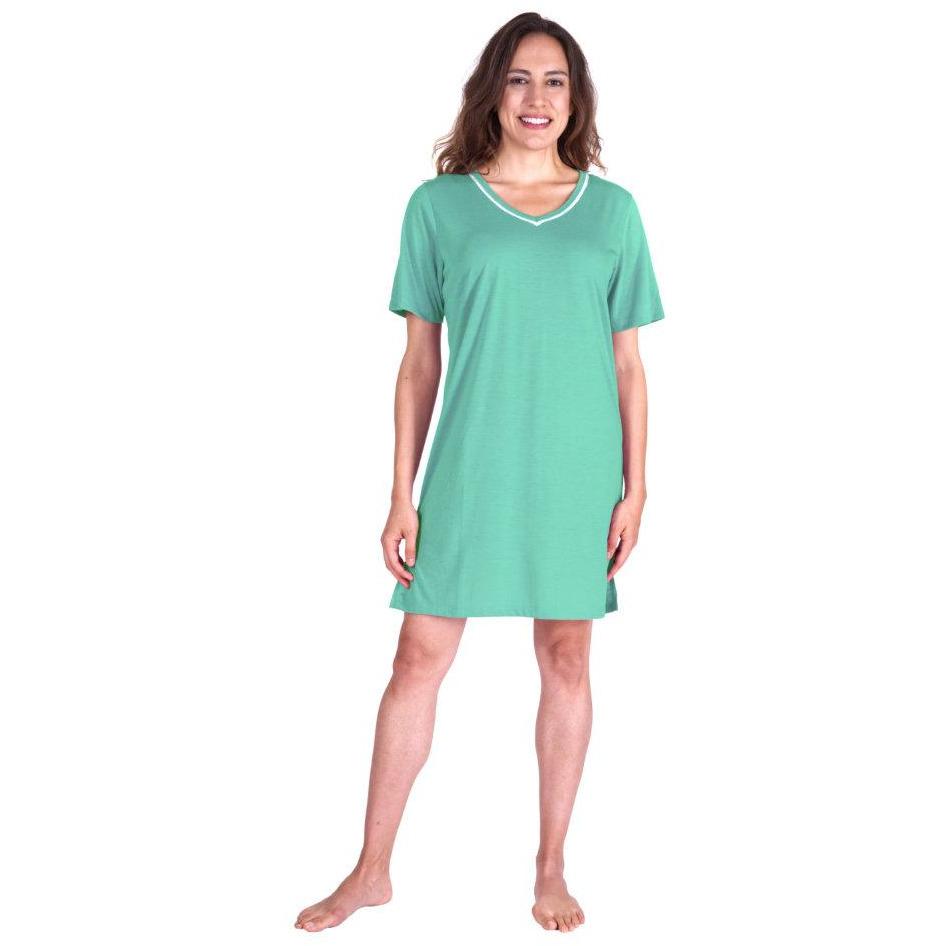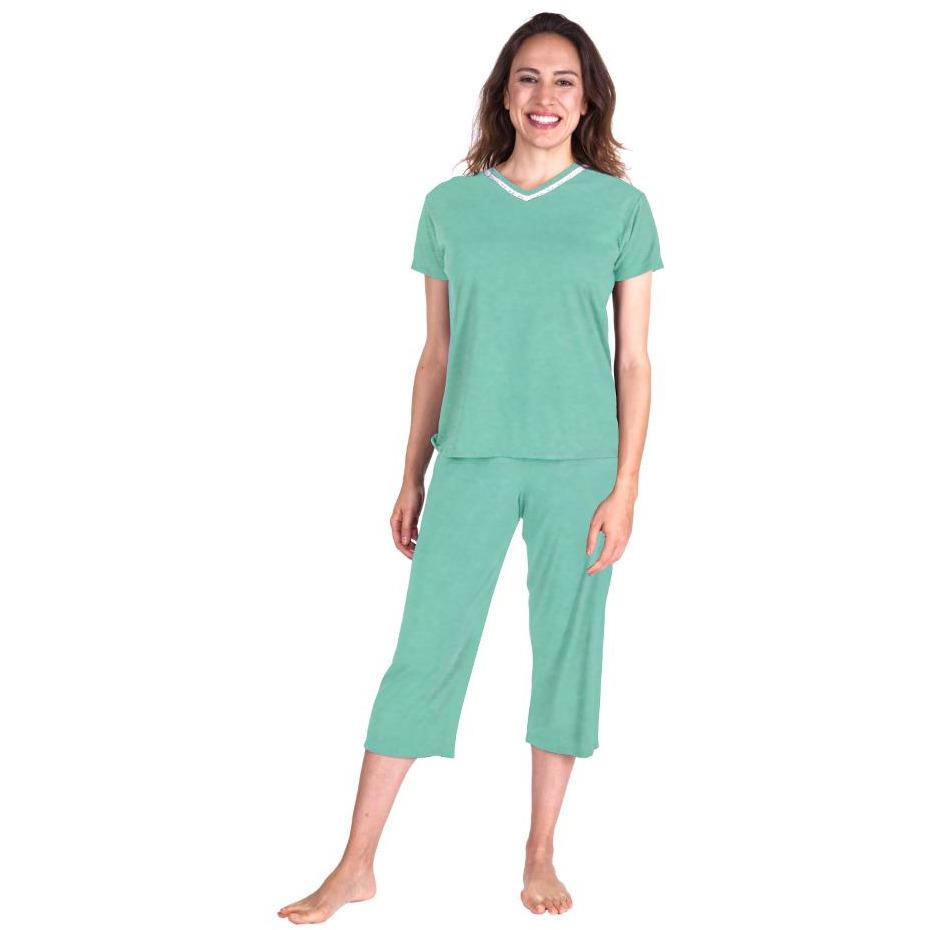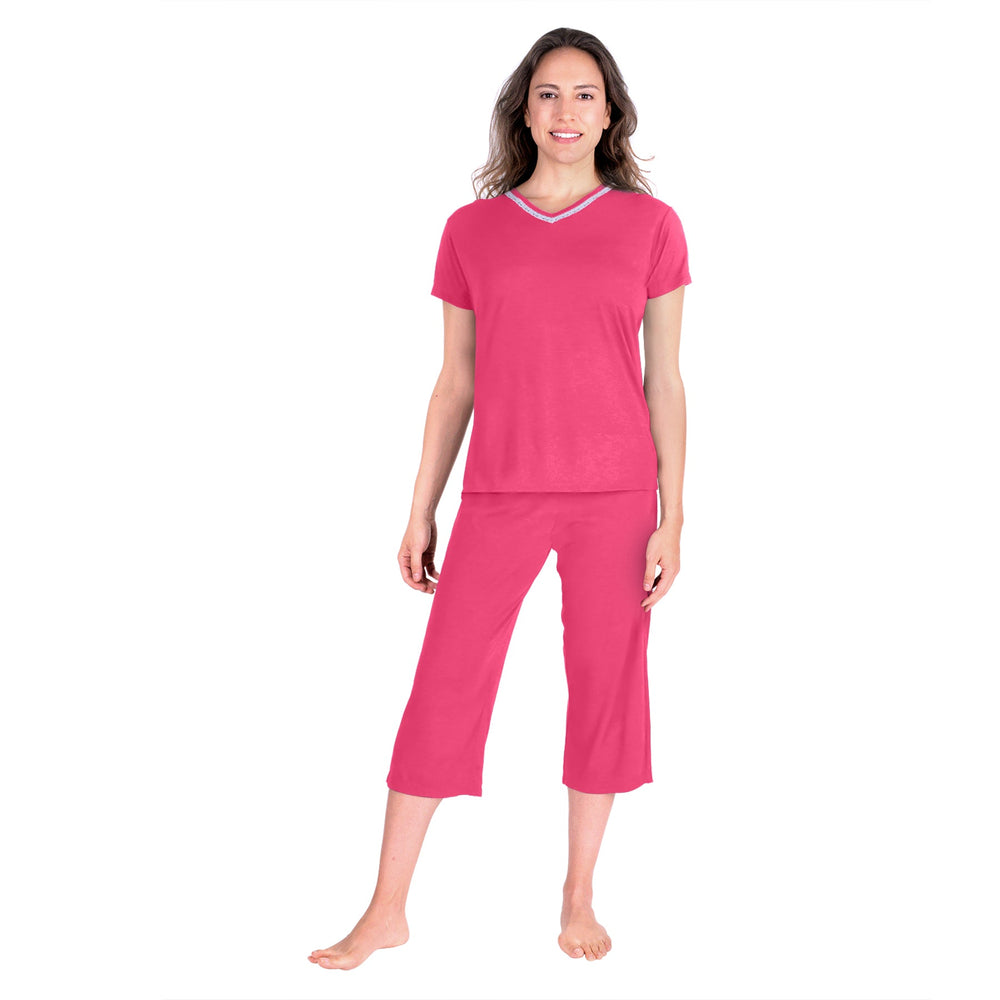5 Strategies to Stay Cool While Sleeping

Are you having trouble sleeping because of hot flashes from menopause and night sweats? There are steps you can take to keep you cool at night for a peaceful, relaxing sleep.
Reduce the Room Temperature: While this may be obvious, many people might not think to lower the thermostat as a precaution. Digital thermostats can be set for different temperatures at different times of the day and night. For the hours you’re asleep, try lowering the thermostat from 68 to 65 degrees Fahrenheit.
Watch those Hot Flash Trigger Foods: There are things you consume that may be triggering your hot flashes. If you’re experiencing night sweats, you should avoid alcohol, caffeine, spicy foods and anything that is hot in temperature, such as soup, especially right before bedtime. They can all set off hot flashes. Obviously, caffeine will also keep you awake at night. A stimulant can remain in your body for up to 8 hours, so it’s best to restrict that morning cup of coffee, if you must have one, to the morning. And don’t forget that in addition to coffee, tea and soda, chocolate also contains caffeine.
Keep Ice Water and an Ice Pack Nearby to Cool Hot Flashes: If you’re prone to hot flashes at night, keep a glass of ice water and an ice pack on your night table, just in case. If you are woken up by night sweats, a cool pack and a sip of cold water can alleviate those hot flashes so you can get back to sleep.
Increase Air Flow : Keep a window open or use a fan. The circulating air helps to keep your body, sleepwear and bedding cooler and more temperature regulated during the night.
Use Moisture-Wicking Sleepwear and Temperature Regulating Bedding One effective way to stay a bit cooler while sleeping is to wear sleepwear that will wick away moisture from your body and bedding that regulates body temperature. The bedding keeps you cool, and if you do sweat, the sleepwear transfers it from your body to the outside of the sleepwear and dries quickly, providing an overall cooling effect.


